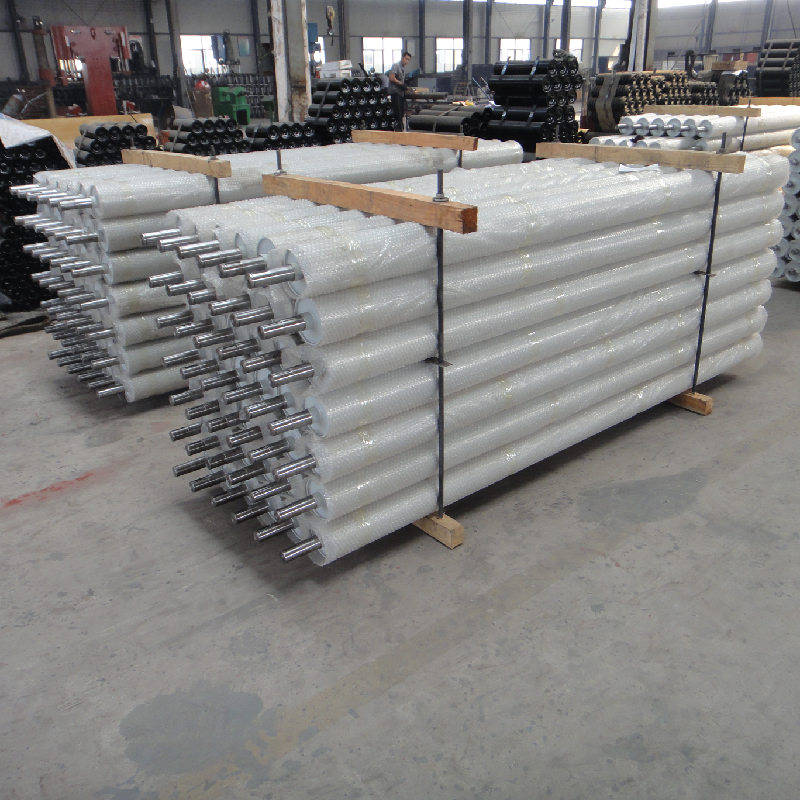 Afrikaans
Afrikaans  Albanian
Albanian  Amharic
Amharic  Arabic
Arabic  Armenian
Armenian  Azerbaijani
Azerbaijani  Basque
Basque  Belarusian
Belarusian  Bengali
Bengali  Bosnian
Bosnian  Bulgarian
Bulgarian  Catalan
Catalan  Cebuano
Cebuano  Corsican
Corsican  Croatian
Croatian  Czech
Czech  Danish
Danish  Dutch
Dutch  English
English  Esperanto
Esperanto  Estonian
Estonian  Finnish
Finnish  French
French  Frisian
Frisian  Galician
Galician  Georgian
Georgian  German
German  Greek
Greek  Gujarati
Gujarati  Haitian Creole
Haitian Creole  hausa
hausa  hawaiian
hawaiian  Hebrew
Hebrew  Hindi
Hindi  Miao
Miao  Hungarian
Hungarian  Icelandic
Icelandic  igbo
igbo  Indonesian
Indonesian  irish
irish  Italian
Italian  Japanese
Japanese  Javanese
Javanese  Kannada
Kannada  kazakh
kazakh  Khmer
Khmer  Rwandese
Rwandese  Korean
Korean  Kurdish
Kurdish  Kyrgyz
Kyrgyz  Lao
Lao  Latin
Latin  Latvian
Latvian  Lithuanian
Lithuanian  Luxembourgish
Luxembourgish  Macedonian
Macedonian  Malgashi
Malgashi  Malay
Malay  Malayalam
Malayalam  Maltese
Maltese  Maori
Maori  Marathi
Marathi  Mongolian
Mongolian  Myanmar
Myanmar  Nepali
Nepali  Norwegian
Norwegian  Norwegian
Norwegian  Occitan
Occitan  Pashto
Pashto  Persian
Persian  Polish
Polish  Portuguese
Portuguese  Punjabi
Punjabi  Romanian
Romanian  Russian
Russian  Samoan
Samoan  Scottish Gaelic
Scottish Gaelic  Serbian
Serbian  Sesotho
Sesotho  Shona
Shona  Sindhi
Sindhi  Sinhala
Sinhala  Slovak
Slovak  Slovenian
Slovenian  Somali
Somali  Spanish
Spanish  Sundanese
Sundanese  Swahili
Swahili  Swedish
Swedish  Tagalog
Tagalog  Tajik
Tajik  Tamil
Tamil  Tatar
Tatar  Telugu
Telugu  Thai
Thai  Turkish
Turkish  Turkmen
Turkmen  Ukrainian
Ukrainian  Urdu
Urdu  Uighur
Uighur  Uzbek
Uzbek  Vietnamese
Vietnamese  Welsh
Welsh  Bantu
Bantu  Yiddish
Yiddish  Yoruba
Yoruba  Zulu
Zulu Cost of Conveyor Pulley and Factors Affecting Its Price in the Market
Understanding Conveyor Pulley Prices Factors and Market Trends
Conveyor pulleys are integral components of conveyor systems, playing a crucial role in facilitating the movement of materials across various industries, such as mining, manufacturing, and logistics. Due to their importance, understanding the pricing dynamics of conveyor pulleys can provide valuable insights for businesses looking to invest in or replace these essential components.
Key Factors Influencing Conveyor Pulley Prices
1. Material Composition The materials used in manufacturing conveyor pulleys significantly affect their prices. Pulleys can be made from steel, rubber, or composite materials, each offering varying levels of durability and resistance to environmental factors. Steel pulleys, for instance, are known for their strength and longevity but tend to be more expensive than rubber alternatives.
2. Size and Capacity The size of a conveyor pulley, often measured by its diameter and width, plays a critical role in determining its price. Larger pulleys designed to handle increased weight or larger volumes of materials will typically come at a higher cost. Additionally, the capacity to withstand different loads and operational conditions can further influence pricing.
3. Design and Engineering Specialized pulleys designed for specific applications, such as those that must withstand extreme temperatures or corrosive substances, may carry a premium price tag. Custom engineering and design processes, which tailor pulleys to fit particular conveyor systems, also add to the overall cost.
4. Manufacturing Processes The complexity of the manufacturing process can impact pricing as well. Advanced manufacturing techniques, including precision machining and quality control inspections, are essential to ensure the reliability and efficiency of conveyor pulleys. Pulleys that undergo extensive testing and quality assurance typically are priced higher than their less rigorously checked counterparts.
conveyor pulley price

5. Market Demand and Supply Like any market, the supply and demand dynamics significantly impact conveyor pulley prices. During periods of high demand, such as economic booms or surges in construction and mining activities, prices may increase. Conversely, an oversupply of pulleys can lead to price reductions.
6. Brand and Manufacturer Reputation Established brands often command higher prices due to their reputation for reliability and quality. Investing in a well-known brand may seem more costly initially, but the long-term savings on maintenance and downtime can make them a more economical choice.
Current Market Trends
As of late 2023, the conveyor pulley market is witnessing a notable shift towards automation and advanced materials. Businesses are increasingly looking for solutions that enhance efficiency while minimizing maintenance costs. This trend is driving innovation in the design and manufacturing of conveyor pulleys, consequently influencing their prices.
Moreover, sustainability has become a crucial consideration for many companies. There is a growing demand for eco-friendly materials and manufacturing processes, which, while potentially more expensive in the short run, can lead to cost savings and environmental benefits in the long term.
Conclusion
In conclusion, the price of conveyor pulleys is influenced by a multitude of factors ranging from material composition to market conditions. For businesses looking to invest in conveyor systems, understanding these factors can help inform purchasing decisions and ultimately lead to better operational efficiency. As technologies advance and market trends evolve, staying informed on conveyor pulley prices will be essential for maintaining competitive advantage in various industries. Whether sourcing standard models or custom solutions, careful consideration of these elements can drive cost-effective and strategic investments.
-
Revolutionizing Conveyor Reliability with Advanced Rubber Lagging PulleysNewsJul.22,2025
-
Powering Precision and Durability with Expert Manufacturers of Conveyor ComponentsNewsJul.22,2025
-
Optimizing Conveyor Systems with Advanced Conveyor AccessoriesNewsJul.22,2025
-
Maximize Conveyor Efficiency with Quality Conveyor Idler PulleysNewsJul.22,2025
-
Future-Proof Your Conveyor System with High-Performance Polyurethane RollerNewsJul.22,2025
-
Driving Efficiency Forward with Quality Idlers and RollersNewsJul.22,2025





























